The Capital of Israel
Jerusalem serves as the capital of Israel and carries profound historical and religious importance as a sacred city of Judaism, Christianity and Islam. Despite Israel’s official declaration of Jerusalem as its capital in 1980, the city’s status remains a topic of international contention and diplomatic intricacy. This is due to conflicting claims and historical disputes, contributing to the complexity to the complexity of the situation.
The Flag of Israel
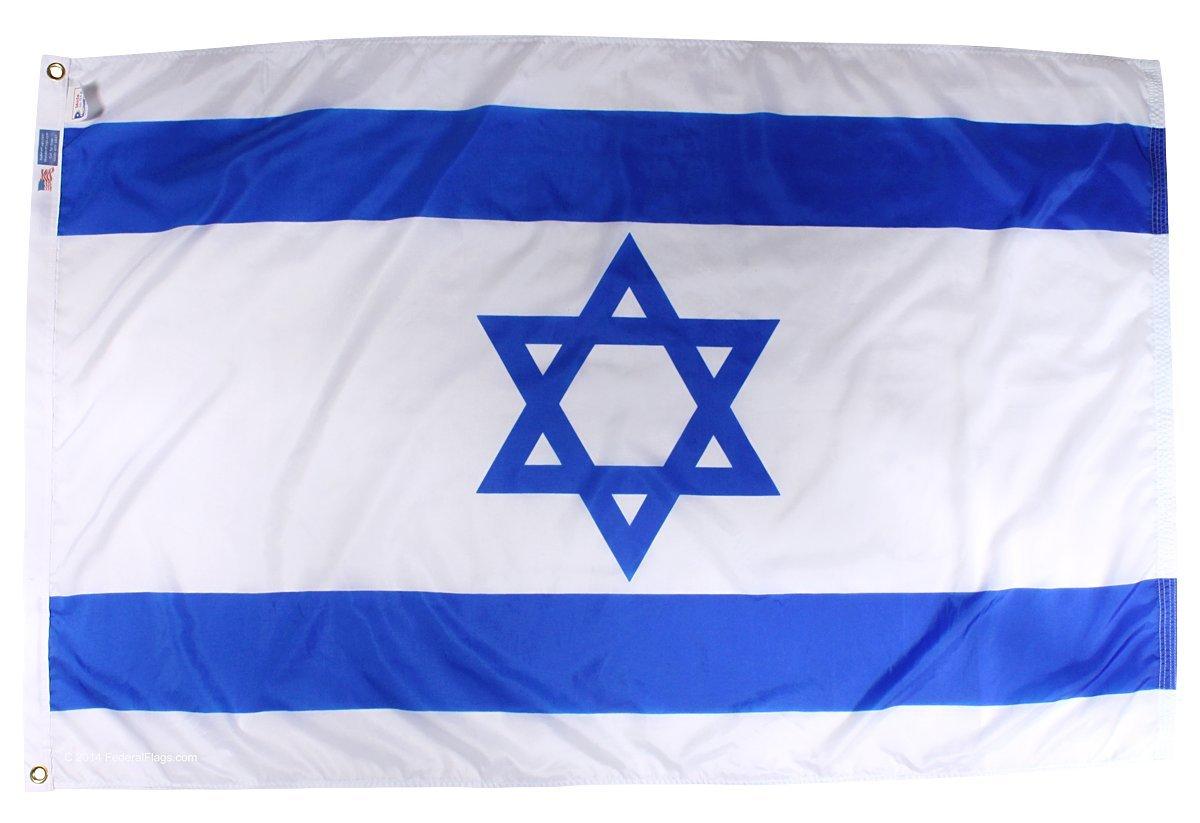
The flag of Israel was officially adopted on 28th October 1948, shortly after the establishment of the nation. It prominently features the Star of David, a well-known symbol associated with Judaism. The flag consists of a white background with a blue hexagram (a six-pointed star), which is also known as the Magen David or Shield of David. Two horizontal blue stripes are positioned near the top and bottom edges, creating a design reminiscent of a traditional Jewish prayer shawl (tallit) with white and blue stripes. The Star of David, a key symbol of Judaism, is at the flag’s center. In Jewish symbolism, blue represents purity, glory and severity, while white symbolizes Divine Benevolence (chesed).
History of the Flag of Israel
Israel adopted its national flag just five months after gaining independence in 1948. The flag’s official dimensions are 160 by 220 cm, with proportions of 8:11. The design of the flag has its origins in the Zionist Movement of 1891. Notably, in 2007, an enormous flag measuring 2,170 feet by 330 feet and weighing 5.2 tonnes was displayed near Masada, an ancient fortress with significance in Jewish history, setting a world record as the largest flag.
National Emblem of Israel
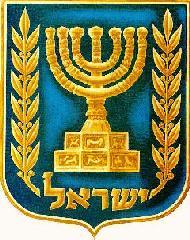
Israel’s national emblem features a blue shield with a menorah at its center, flanked by olive branches on both sides. Below the menorah is the word “Israel.” The menorah is based on the ancient Arch of Titus’ menorah and symbolizes universal enlightenment, while the olive branches represent peace. Gabriel and Maxim Shamir submitted the winning design for the emblem in a competition held in 1948.
National Anthem of Israel
The national anthem of Israel is “Hatikvah” (The Hope). It is a 19th-century Jewish poem set to music composed by Bedrich Smetana. The anthem reflects hope for the restoration of the Land of Israel and was first adopted in 1897 by the First Zionist Congress. It officially became Israel’s national anthem in 2004.
The Currency of Israel
- The currency of Israel is the Israeli new shekel, coded as ILS. It was previously known as the New Israeli Sheqel (NIS).
- The shekel is symbolized by ₪, a combination of two Hebrew words: shekel and hadash.
- Coins are available in various denominations, from 1 agora to 10 shekels, with some coins being phased out over time.
- Banknotes come in denominations of ₪20, ₪50, ₪100 and ₪200, with different designs reflecting Israeli poets.
Historical Currencies of Israel
- Israeli Pound: Before the shekel, Israel used the Israeli pound from 1952 to 1980.
- Old Shekel: The old shekel was in use from 1980 to 1985, before being replaced by the new shekel due to hyperinflation.
- Bank of Israel: The Bank of Israel played a significantly role in managing Israel’s monetary system and introducing new currencies.
- Strong Currency: Israel’s responsible monetary and fiscal policies have led to a strong and fully convertible currency.
Map of Israel
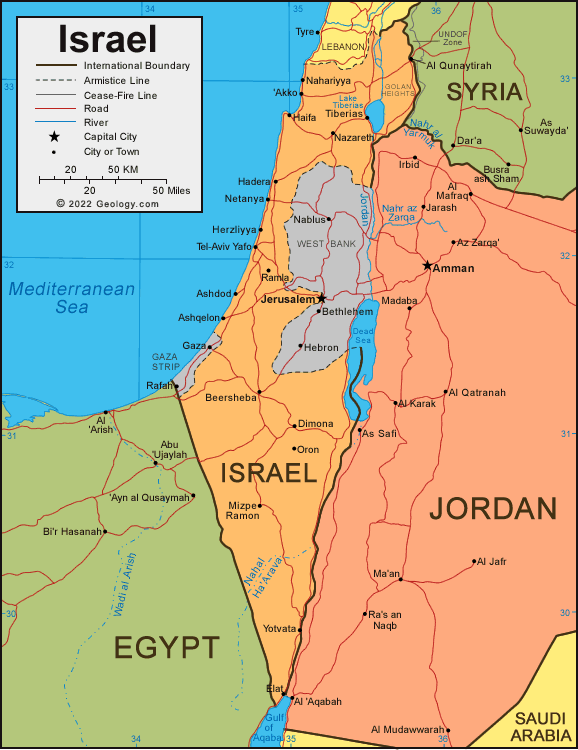
Israel, a small yet diverse nation located in the Middle East, has a unique geographical landscape that reflects its rich history, culture and political complexities.
Israel is situated in the eastern part of the Mediterranean region. It shares borders with several countries:
- Lebanon to the north
- Syria to the northeast
- Jordan to the east
- Egypt to the southwest
- Palestinian territories to the east and west

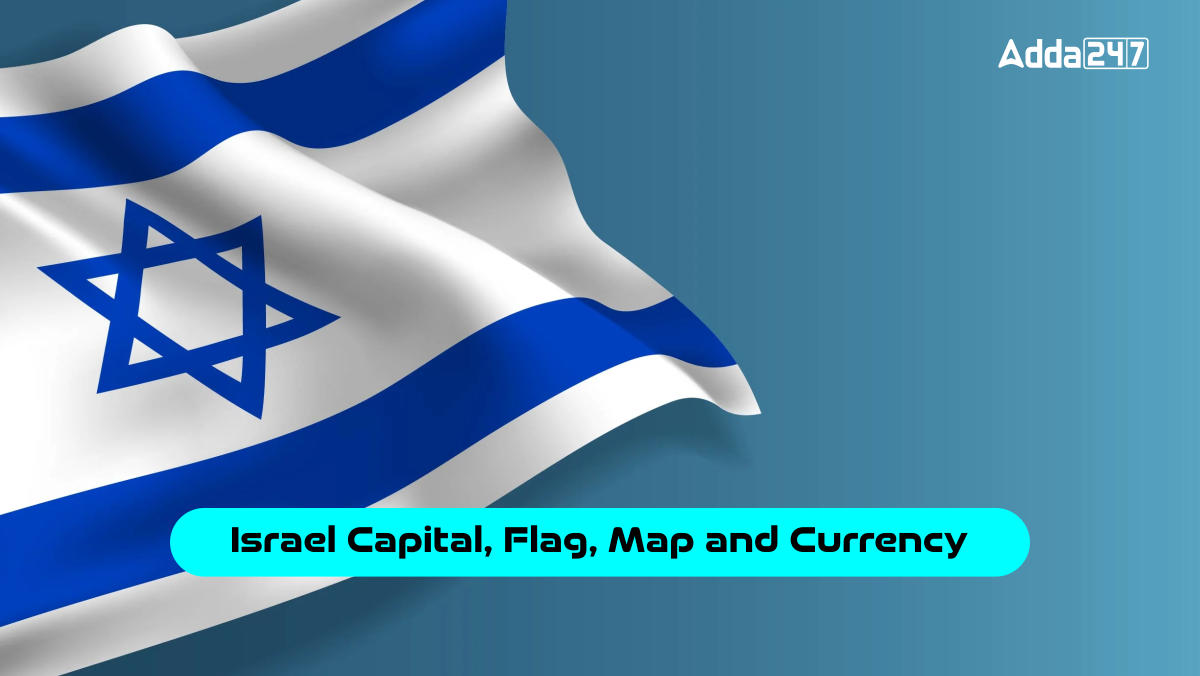
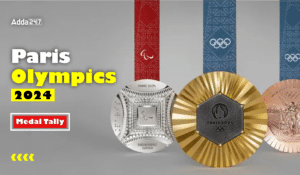 Paris Olympics 2024 Medal Tally, India M...
Paris Olympics 2024 Medal Tally, India M...
 Which District of Madhya Pradesh is Famo...
Which District of Madhya Pradesh is Famo...
 EC Signs Electoral Cooperation Pact with...
EC Signs Electoral Cooperation Pact with...

